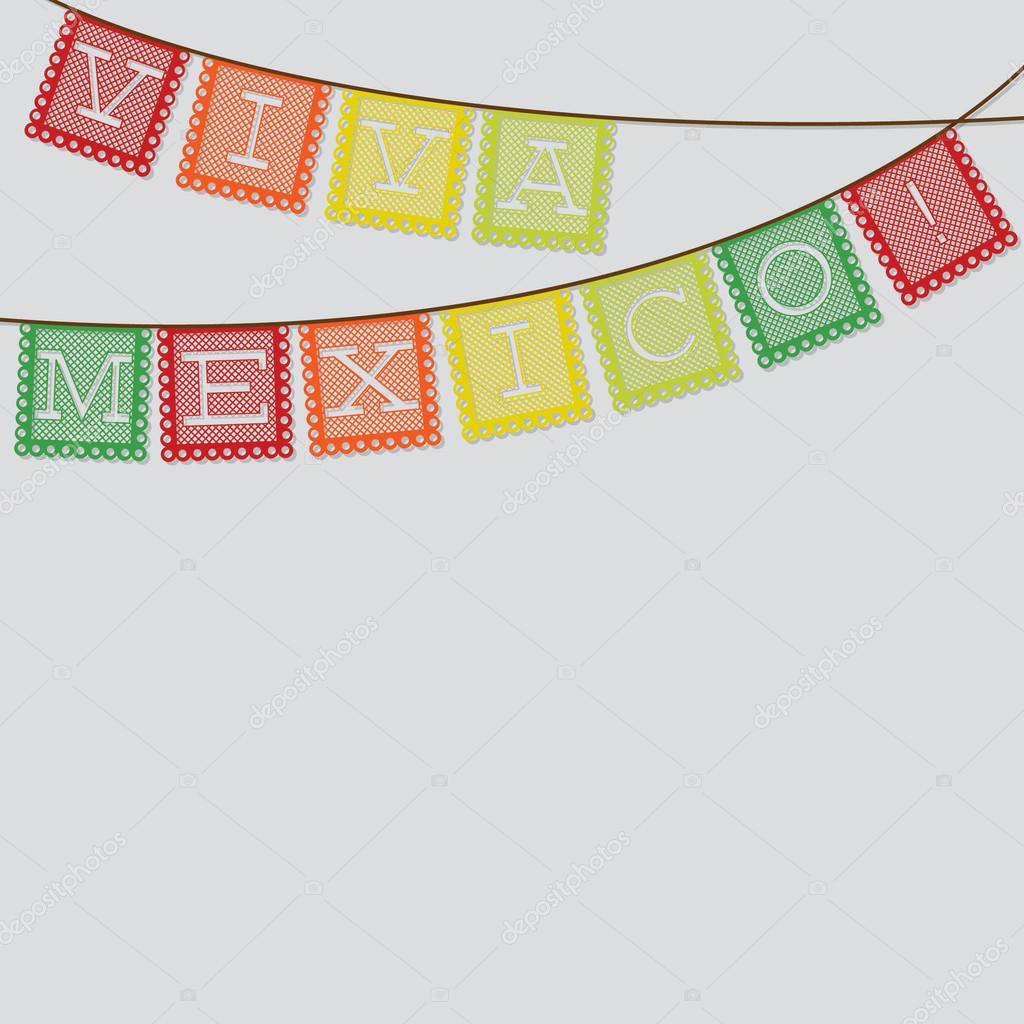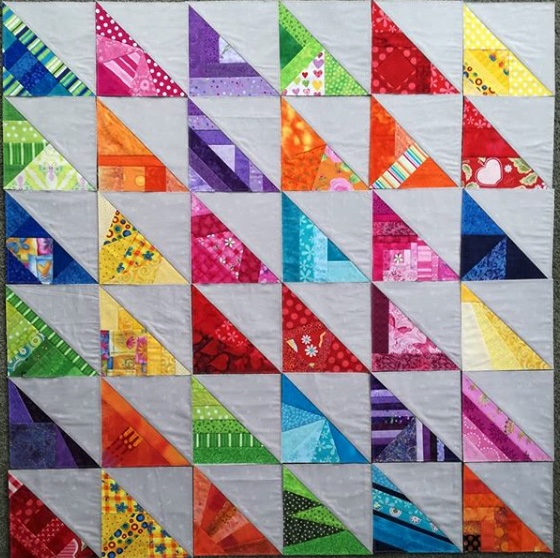
You will need the right supplies to begin a hand-quilting project. These supplies include threads, needles and stencils. Once you have made your selection, it's time for you to start stitching. Place the needle approximately one inch away from the center of your quilt. Start stitching by guiding the thread through your needle.
Stencils
A stencil is one of the most useful tools for hand quilters. These stencils can be used in a variety of ways, and can save you a lot of time! These stencils are usually made from plastic and are very durable. They can be used over and over without worry about the material breaking or being torn.
While stencils can often be bought at quilting shops they can also get very expensive and aren’t always made with sustainable materials. Making your own stencils is an alternative. This can be done by recycling cardboard or plastic or by carefully selecting a manufacturer.

Threads
Hand quilting requires that you consider what type of thread you will use. There are many different types of threads. Which one you choose depends on what fabric you use and your personal preferences. For lighter fabrics, it is best to use medium-weight threads made of cotton. You might consider using a darker color thread to match lighter fabrics. You can test the thread by unwinding a few spools before purchasing it.
An embroidery floss is another option. This thread comes in a six-strand divisible design that allows you to choose the thickness and color for your hand-quilting projects. Make sure that you buy good-quality thread to avoid fraying or snagging.
Size of the needle
The size of the needle is an important factor in hand quilting designs. It has to be the correct size for the material you're working with. If you're using thick threads, the needle's eye must be large enough to pull the floss through. It should not be too small as it can hurt your hands and cause uneven stitching.
Hand quilting involves running stitch through three layers of a sandwich quilt. A needle that can handle all three layers of a quilt sandwich and the stitches well is required. This is crucial because needle size can have an impact on the final product and the enjoyment of the sewing process.

Stitch pattern
When hand quilting, it is important to have a pattern. You want to stitch along the lines of your quilting design, and you don't want to leave any gaps. It's also important to make your stitches even. To achieve this, pull the thread through a knot and tie it behind your fabric. Although the design will affect the size of your stitch, it is important to maintain a consistent spacing.
There are many different stitch patterns available for hand quilting. These can vary in difficulty, but they all use the exact same basic technique. For beginners, you may want to try an all-over variation of a straight line quilting design. This design is great for complementing a quilt's layout and can be very artistic.
FAQ
How do I find a hobby to pursue?
When you first start your journey into finding a hobby, you may feel like you've got nothing to choose from.
You might be thinking "I'm not very creative" or "I am terrible at sports" or even "I don’t know anything”.
But the truth is, you probably already have a lot of experience to draw upon when looking for a hobby.
It's only that you don't know it yet.
Take a good look at what you have in your house. What amount of stuff do you have?
Are there any toys that you don't use anymore?
Perhaps you have a collection books or magazines.
You might have always wanted the ability to cook.
Maybe you want to get back into playing the guitar.
Whatever it is, there's likely something you can turn into a hobby.
The key is to see that you already have many experience to draw upon.
Once you do that, you can choose a hobby to fit your life.
How do you get started with your new hobby or interest?
To start a new hobby, you must first decide what type of activity you would like to do.
Once you have decided on your subject, passion is the key.
It is crucial to know why you want to pursue a hobby. This will help you to find your purpose and direction.
Once you've decided what type of hobby you'd like to pursue, you can begin planning.
Think about the equipment that will be needed.
You should consider whether or not you will need to take classes or attend seminars.
Make sure that you have enough space in your home for your hobby.
You might also consider joining a club. These groups usually offer support and advice.
The last thing you should do is think about how much money it would cost to pursue your hobby.
What does a hobby cost?
The only thing that costs less than a hobby is time. If you're serious about your hobby, it can take you years to get what you want.
One thing can help you. It's called 'passion.' If you have passion for whatever it is you do, you will find it easier to put in the hours required to make progress.
Once you put in the hours, you might find yourself addicted to the activity. Here is the fun part! Because now you are doing something you enjoy, and you are getting better at it all the time. You will likely have seen a significant improvement by the end the year.
Don't fret about how long this takes. You can just try it. You may be surprised.
Is it possible that you can make a lot of money from your hobby?
Not necessarily.
You could be wealthy if you have a passion for starting your own business.
Let's take, for example, that you love cooking. You love healthy food, so it was a natural decision to open your own restaurant.
You only serve organic, homemade meals and you charge a small amount to customers to cover labor costs.
As you build your clientele, you eventually hire employees to help you.
You may eventually add vegan dishes and gluten-free options to your menu.
This is how you have created a successful company that has enabled you to enjoy the lifestyle you desired.
This doesn't mean that you have to give up your job.
You could also run your restaurant, while still maintaining your 9-5 job.
What are collection hobbies?
Books, movies, music and comics are the most popular collections.
You can also collect anything from stamps to coins to cars to dolls to action figures to model kits to figurines to art supplies to tools to kitchen utensils to jewelry to watches to gadgets to clothes to furniture to antiques to...
You get it?
Statistics
- This 100% accurate personality-analyzing hobby quiz discovers your passion based on your characteristics. (quizexpo.com)
- In comparison, men in the “no humor” condition were refused 84.6% of the time and were only accepted 15.4% of the time. (time.com)
- Much of this decline reflects the fact that teens are less likely to work today than in the past; among employed teens, the amount of time spent working is not much different now than it was around 2005. (pewresearch.org)
- Studies show that just six minutes of reading can reduce stress levels by 60 percent. (oberlo.com)
- A new survey by Pew Research Center of teens ages 13 to 17 finds that 36% of girls feel tense or nervous about their day every day; 23% of boys say the same. (pewresearch.org)
External Links
How To
How to begin gardening
Gardening has been around since the dawn of agriculture. It takes patience, persistence, determination, and perseverance. You must choose a suitable location to start your garden. It could be large land, or just your backyard. Next, you will need to decide which type of plants are best for you. Do you prefer vegetables or flowers? Some people like to grow herbs and others enjoy raising livestock, such as rabbits. Before you decide which crops you will plant, consider the amount of space you have. If your climate is cold, you may decide to plant berries and fruits.
Once you have made your choice, it is time to prepare the soil. How your plants perform is dependent on how well the soil you use. High quality soil is rich in organic matter, which feeds your plants' roots. Organic matter includes organic matter such as leaves, twigs or grass clippings. Once you have prepared your soil, you need to add nutrients. The type of plant you intend to grow will dictate the amount of nutrients you need. To determine these values, you can use a fertilizer calculator online. There are many fertilizers to choose from, so it is important that you are familiar with the product you are using.
Now, wait for your seeds to germinate after you have prepared your soil and added the necessary nutrients. This process usually takes anywhere from 2 weeks to 3 months, depending on the weather and the temperature in your area. After your seeds sprout, it is important to water them frequently. Problems can arise if you water your plants too frequently or too little. Avoid overwatering your plants. Overwatering could lead to root rot as well as fungal diseases. Consider that plants generally need less water in the warmer months than they do in winter. You should also remember that some plants will need to dry out once they have been watered. Tomatoes for instance need to remain slightly moist, but not wet. Soggy soil is not a good choice for tomatoes. After they have finished flowering, they must go dormant. Dormancy occurs when plants stop producing any new growth and start to store energy for the next harvest. Dormancy occurs when the plant stops sending signals that tell its roots to produce food. Throughout this period, the plant stores energy. The plant will eventually die if it is not given enough sunlight or temperatures below freezing.
Urban areas can limit your choices for plants. Urban areas tend to contain concrete sidewalks, roads, buildings, and parking lots that block sunlight from reaching the ground. Concrete absorbs light and prevents soil below from getting sufficient sun exposure. Many plants can't thrive in urban environments because they lack sunlight. Many plants can still thrive in urban settings. Many trees, perennials, shrubs, as well as shrubs can be adapted to urban living. In addition, many annuals can be grown indoors in containers. Container gardens can be used to grow greenery indoors year-round, no matter what the weather outside.
You are now ready to plant your garden!